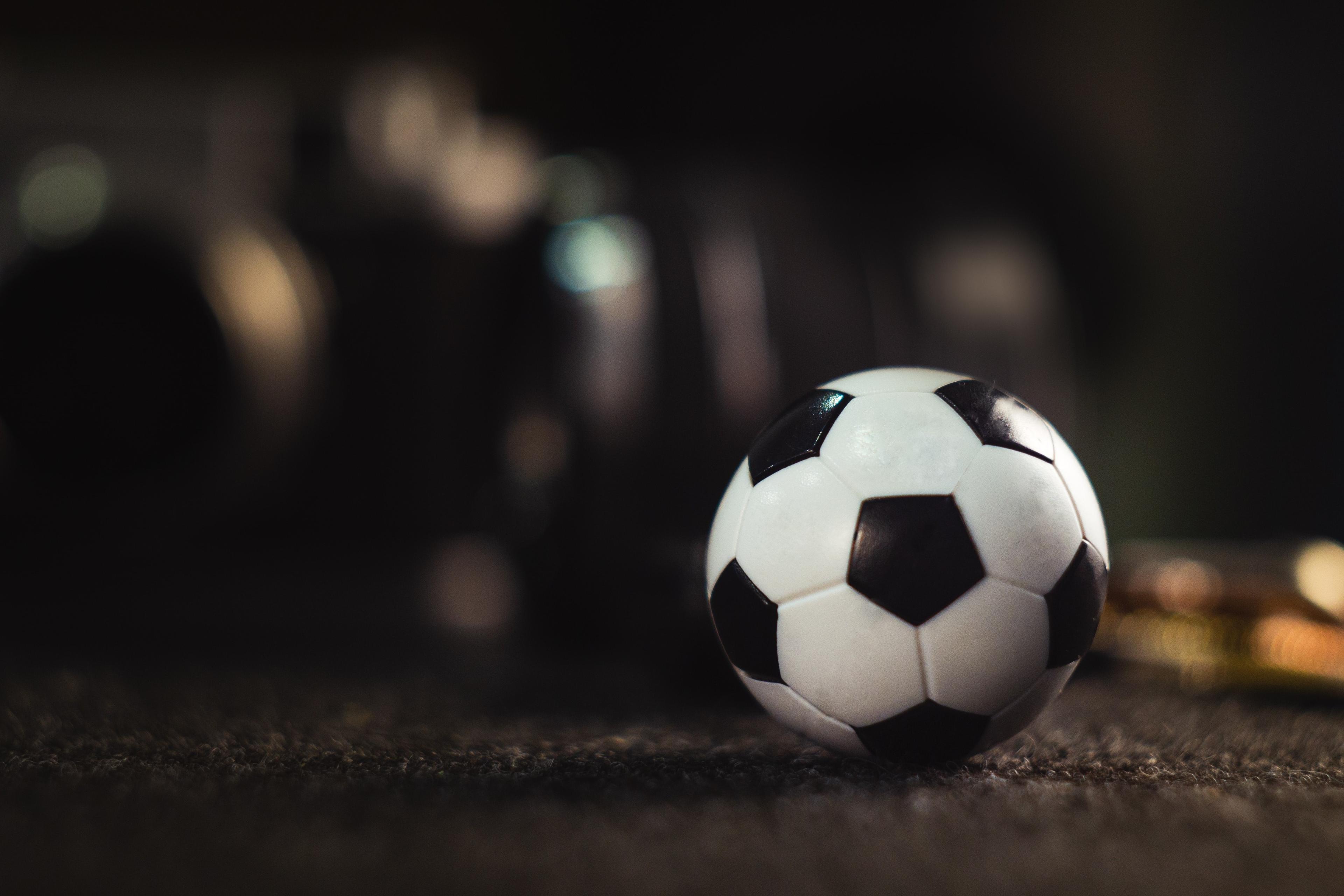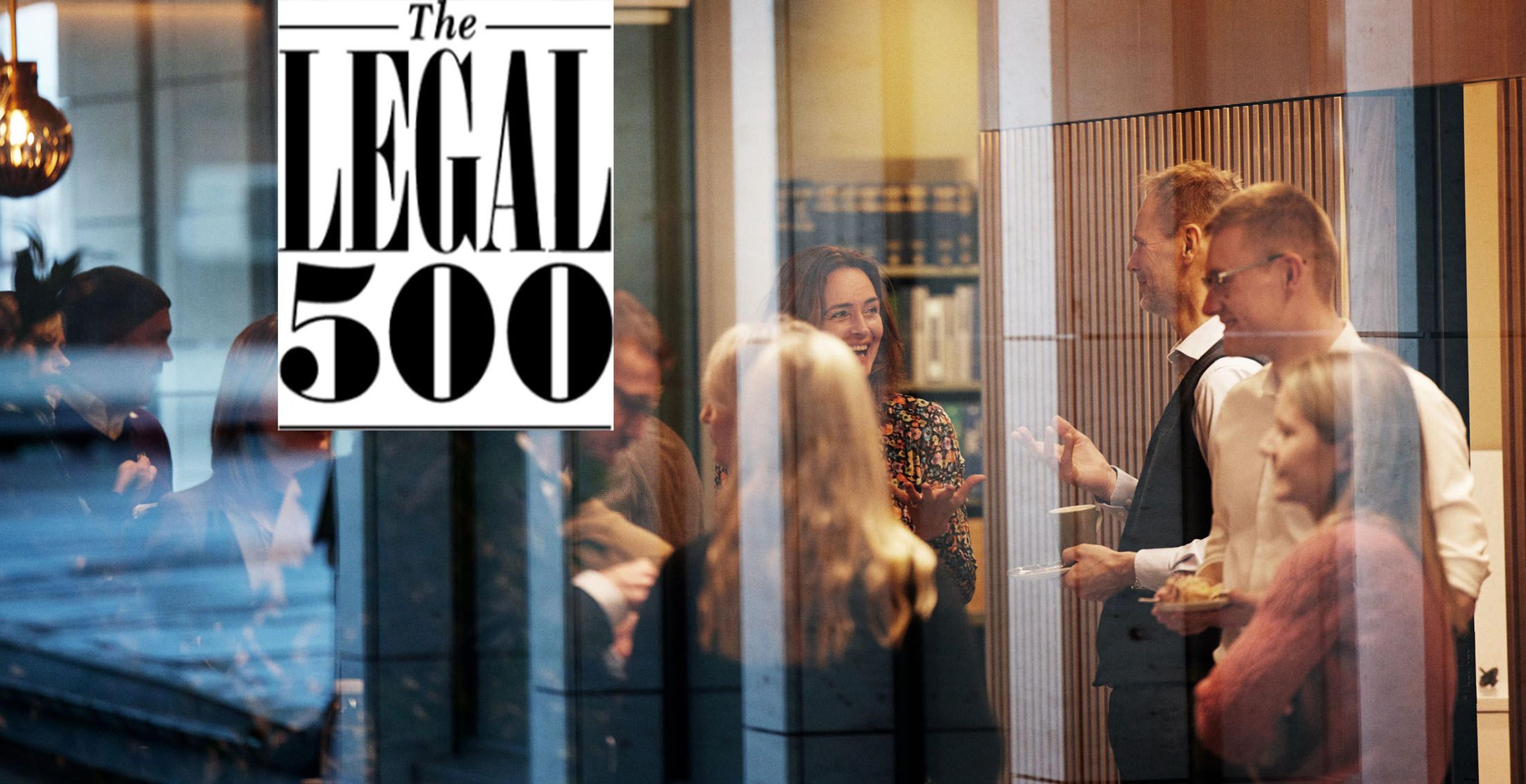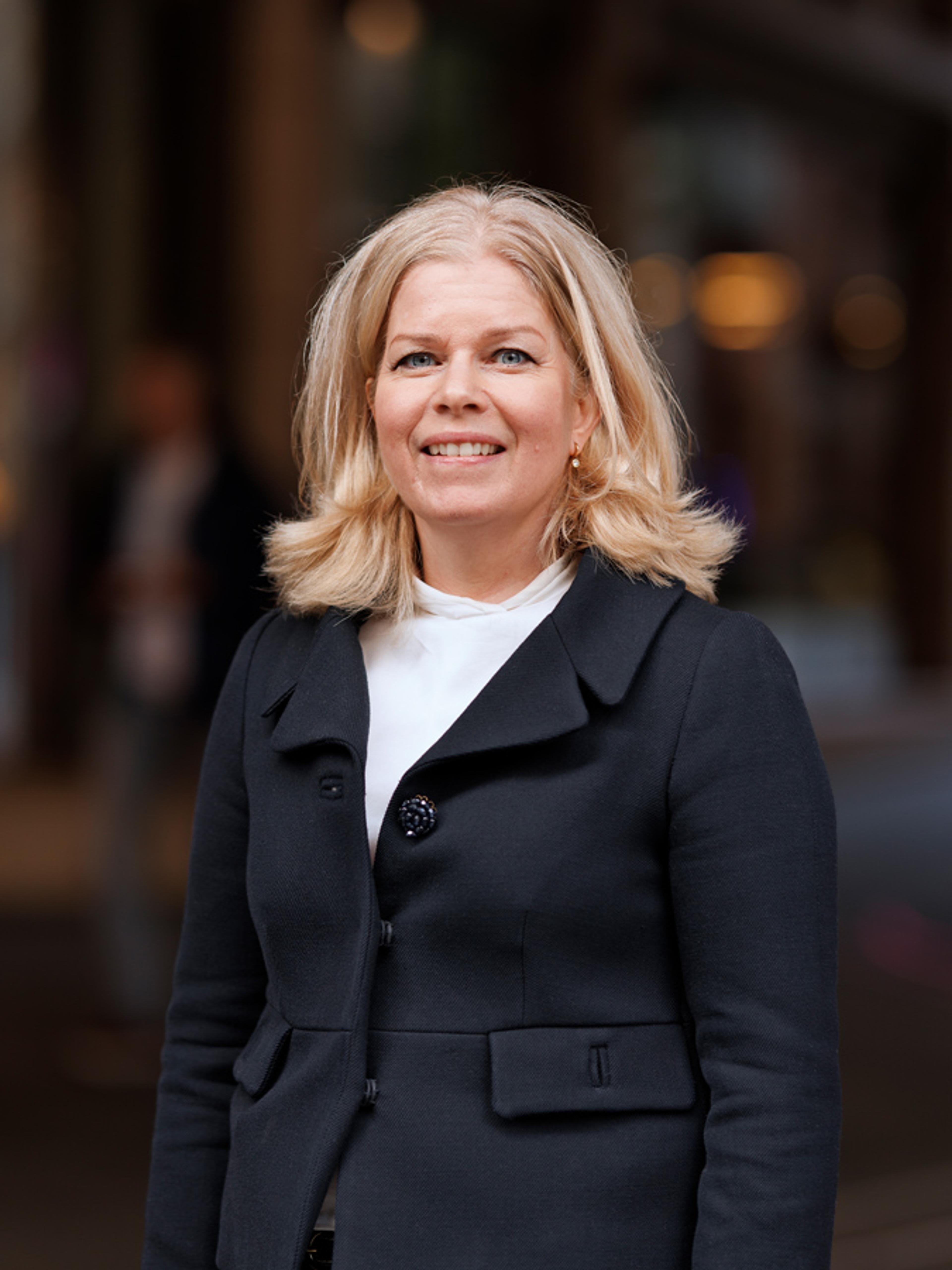
Don't steal my thunder!
Influencers, athletes, actors, or other celebrities in advertising is widespread. Familiar faces may lead to more publicity with less effort. Certain celebrities can make more money lending themselves to a brand or product than doing what they are known for . The bigger the name, the more money. Erling Haaland's recent agreement with Nike, with an estimated value of 25.000.000 EUR, is a good example of just that.
But what type of rights do you and more familiar faces haves? And how can you secure such rights (even better)? Especially if someone uses your image and persona without your permission. “You” and your image and persona in this context is everything from your name, face, voice, or your even your avatar.
The right to your own image
Everyone has the right to their own image. This is explicitly stated in the Norwegian Copyright Act section 104. As a result, no one can publish a picture or movie where you are included, on the internet, in print media, or otherwise. without your consent. For famous or public persons, an exception to the rule applies if their image is of "current or public interest". For example, the media can depict Erling Haaland when he scores goals (which he often does), or the Secretary General of NATO, Jens Stoltenberg, when he gives a speech. However, the exception «current or public interest" does not apply for use of Haaland or Stoltenberg’s image in advertising or for other commercial use.
It is worth noting that section 104 of the Norwegian Copyright Act only applies to persons who are or have Norwegian residentsAt the same time, this does not mean that you can freely use images of any foreign persons. In 2009, the Norwegian Supreme Court ruled that Andy Finch, a well-known American snowboarder, was protected in the same way as a Norwegian resident on non-statutory grounds. In that case, the single purpose company established by Tromsø city, in its eagerness to bring the Winter Olympics to town, used a picture of Finch taken during a previous event in Tromsø, on the front page of the Winter Olympic prospectus. Finch was pictured from behind in a hover, unrecognizable to most people. But not for the snowboarding community.
The company owned by Tromsø city was ordered to pay Finch 970,000 NOK in remuneration and legal costs by the court.
Another example on point relates to a Norwegian bar called Nichol & son, which used numerous pictures of the actor Jack Nicholson to decorate the bar. In 1998, Jack Nicholson reacted to a Norwegian bar's use of his name and image. The dispute did not end in court, but the bar changed its name, and significantly reduced the number of Nicholson pictures.
The right to personal distinctiveness
Like several other countries, Norway also recognizes a non-statutory protection of and an exclusive right to so-called "personal distinctiveness". Two cases, one from the 1950s and one from the 1990s set out and define this protection. The decision from the 1990s concerned the imitation of the voice and character of a well-known Norwegian entertainment journalist, Pål Bang Hansen, by a company in a commercial for their photo products and services.
The commercial aired on the radio and did not include Bang Hansen’s full name or image. Instead, the commercial used a voice that imitated Bang Hansen’s voice. Therefore, the court found that most people would believe that Bang Hansen had in fact participated in the commercial, and as a result, concluded that the company had exploited his character.
Even though Bang Hansen had not suffered any financial loss by the commercial, the court awarded him 20.000 NOK in damages. If Bang Hansen had been an influencer or a celebrity who lent himself to commercials, the damages would have been much higher.
The purpose of affording protecting to personal distinctiveness is to protect the hard work and efforts which give certain people a special place in public. Actors and athletes fall within this category. By providing such protection, the law recognizes that behind fame there is a lot of work – in the form of countless hours of training, sacrifice of privacy, carefully building up an image and so on. Affording the protection ensures that others do nothave a free pass to exploits these efforts without approval. But also, encourages some people to bother spending time, effort, and money to developing into "stars".
Country artist Bjøro Håland misused in a cheese commercial
In addition to the protection of personal distinctiveness, additional protection is provided in the Norwegian Marketing Act for business entities. This is illustrated by a 1995 Oslo District Court case concluding that a cheese producer had exploited the beloved country artist Bjøro Håland's name and goodwill in violation of section 25 of the Marketing Act. The Act states that actions contrary to "good business practice” are prohibited.
Bjøro Håland's name, and the title of his most famous recording "I love Norwegian country", was used in an advertisement for a cheese called Norvegia using the slogan “I love Norvegia country”.
The Court held that the use of both the name and song title could be "promotional and benefit the advertiser financially." In other words, the cheese producer benefited from exploiting Håland in the advertisement and had to pay Håland damages.
The right of publicity
By comparison, in the United States, "the right of publicity" is a well-established right which is invoked and enforced much more actively than in Norway. The scope of protection is regulated in each state, either by law and/or through case-law, as well as on a federal level through the Lanham Act. Whether the right also survives after the person has died, varies from state to state. Not surprisingly, certain states provide for a right of publicity postmortem, such as Tennessee, where the Elvis Presley's estate is based.
But what about Rick Astley (who doesn't forget 1987's "Never going to give you up")? He recently sued rapper Yung Gravy in California. Astley believed Yung Gravy had engaged a vocalist who sounded exactly like Astley's voice from Astley's biggest hit, in a sample of his song "Betty (get money»). Yung Gravy was entitled to use parts of Astley’s original song in his recording. But Astley found the sound of vocalist Yung Gravy had used to be an infringement of his "right of publicity", and supposedly demanded several million dollars in compensation.
The most well-known "the right of publicity» cases from U.S. courts are two cases from 1992. In the first case, actress Bette Midler sued Ford Motors and their advertising agency for using an imitation of Midler's voice in a television commercial. Midler won and was awarded 400,000 USD in damages. The second case involved television personality Vanna White from the famous television show "Wheel of Fortune". She sued Samsung for using a robot in an advertisement that looked and behaved like White. She won and was awarded 403,000 USD in damages.
How to protect yourself
If you are a household name, you should consider taking additional steps to secure your value. Although the right to your own image and distinctiveness gives you some protection without taking measures, additional steps such as seeking trademark registration of your name or other features may not be costly. If you have registered your name or other distinctive features as a trademark, any commercial use of the mark requires your consent. In other words, you have the exclusive right to use it for the goods and services for which the mark is registered. Norwegian stars such as Nortug, Johaug, Kjus and Kygo are also registered as trademarks for, among other things, various clothing.
A requirement for having your name registered as a trademark is that the name is "distinctive" for the goods and servicesfor which you register it for. A name is not necessarily distinctive. And if you are a celebrity, the question arises as to whether the name is suitable to be perceived as a trademark, or more as supporter equipment for the famous person. By way of example, football manager Sir Alex Ferguson was denied trademark registrationr of his name for goods such as posters and stickers in England.
You can trademark register more than a name
Instead of just using a name, it may be worthwhile to register something more distinctive about the person, for example one graphic element with or in the name. Cristiano Ronaldo, for example, has the register "CR7". Alan Shearer (who no longer holds more goals than Haaland in the Premier League) has registered a photo of himself as a trademark in England.
However, it is wort noting that trademark registrations can take time. Lionel Messi spent over nine years registering "Messi" as a trademark. The name was sought registered for goods such as sportswear, shoes, exercise equipment, etc. The bicycle manufacturer "Massi" appealed the registration, arguing that the trademark "Messi" was likely to be confused with their already registered trademark "Massi". Both brands were registered for similar goods. After several years of prosecution, the European Court of Justice finally concluded that the name "Messi" - due to the footballer's performance- is so famous that it is unlikely to be confused with "Massi".
Be mindful of who is registered as the owner of the trademark
It is important to carefully consider who to registerer as the owner of the trademark. You will be better owning it yourself, either personally or through a company you control. If someone else owns it for you, you should have an unambiguous agreement that protects you against misuse of the trademark, avoiding adversely affect of your name and reputation. In addition, the agreement should regulate that the trademark is transferred back to you by the end of the collaboration.
Football manager Jose Mourinho ran into trouble when he started as manager of Manchester United in 2016. His name was registered as a trademark both in England and the European Union, for a long list of items from umbrellas to underwear and talcum. But the registration was held by Chelsea Football Club, his former employer. Apparently, the case ended with Manchester United (once Mourinho was there) paying a license to Chelsea for the use of Mourinho's name on club merch. Manchester United were offered to buy out Chelsea's rights to the brand "Mourinho", but it was reportedly too expensive. Mourinho is now the coach of Roma, and it looks like Chelsea still holds the trademark rights.
So did tennis star Roger Federer when he switched sponsors from Nike to Uniqlo. The logo with "RF" was registered by Nike. The trademark registration was later transferred to Federer's company Tenro AG, but what kind of agreement Nike and Federer entered in connection with the transfer is not known.
Wrongful Use and Damages
So, what do you do if you discover that someone else is using you – your image, your brand, or your trademark – without your permission?
The footballplayer Neymar experienced that an individual registered "NEYMAR" as a trademark in the EU for a variety of goods and services. Neymar appealed the registration, claiming that the individual had registered his name in "bad faith". In other words, the person had deliberately registered a trademark to exploit Neymar's name and reputation. The European Court of Justice agreed with Neymar, and the registration was deleted. Similarly, if someone registers "Erling Haaland" or "Haaland" as a trademark in Norway, the EU or elsewhere in the world, City's number nine may require the registration to be deleted. The same goes for Arsenal's number eight "Odegaard".
Damages will depend on status
If someone misuses your trademark, images, or distinctive features, you will usually be entitled to damages representing a «reasonable license fee". It is equivalent to what you would have been paid if they had asked you permission. However, if the misuse is in bad faith, you may be awarded two times such reasonable license fee, although this is the exemption rather than the main rule, as regulated in the Norwegian Copyright Act section 81.
As an illustration, te betting company Unibet was recently ordered to pay two times the license fee to the Norwegian Football Association 1.8 million NOK in damages for using an image of Erling Haaland and Martin Ødegaard without permission. Unibet used aan image of the two players in a national team shirt on their Instagram story on the same day as a national team match. The image was posted in 5 different stories, which were available for 24 hours and seen by just under 400 people. Along with the image, Unibet published conditional questions about the match and link to the company's betting services. Unibet had cleared the use of the image with the photographer, but failed to clear the persons depicted (i.e. Haaland and Ødegaard), who had transferred their rights to the Norwegian Football Association.
The court held that Unibet obtained great value in being associated with "two national treasures in football boots just before a national match, and with links to and advertisements for gambling". The use was illegal since Unibet had not obtained permission. A participation in a campaign like that on social media, with similar profiles would require fees between 200,000 NOK and 500,000 NOK. The Court therefore concluded that 900,000 NOK would be a reasonable consideration for the use, but since the use was (in bad faith), that the Norwegian Football Association was entitled to the double amount. The verdict has been appealed but represents in our opinion a correct level of the risk and right to damage for misuse under Norwegian law.
7.1 million NOK for commercial
As an illustration of what a star may receive for participating in a commercial, one of the most well-known Norwegian campains using US stars is a good example. In 2011, Norway largest bank DNB hired George Clooney for a commercial. It was a huge hit and has been viewed over 1.8 million times on YouTube (Norway has a population of ca. 5.4 million). Clooney later explained that he had used the money he received for the commercial to fund a charitable project in Sudan with 1.2 million USD (about 7.1 million NOK). The amount is high but illustrates both the market value of Clooney and what you risk paying in damages if you use such a big celebrity as an eye-catcher in your marketing - without asking for permission.
We see that there is an increasing tendency for Norwegian brands to use foreign celebrities in marketing, for example by using hastags such as #kardashians. Campaigns can go viral and thus become known beyond national borders. This opens for lawsuits abroad, which in turn increases the risk of higher damages if you fail to properly clear your campaign.
To sum up – this is what you should keep in mind
In short:
- Don't use someone else's name or picture without asking permission
- If your name and image are valuable – secure yourself by agreements, trademark registration, and go after those who infringe on your rights
- Using international big stars' names and appearances without clearances increases the risk of lawsuits abroad with large amount of damages (and costs)

New record for Bull in The Legal 500 for 2025
With eight ranked practice areas and 31 recommended lawyers, Bull sets another new high in The Legal 500 for 2025. Ne...
Read more
Good news from The Legal 500 for 2024
This year's edition of The Legal 500 guide recommends 28 of Bull's lawyers, which represents a new high for the firm....
Read more
How can we help?
In need of legal assistance? Call or email us, and we'll figure out how we can help.
Expertise
- Auditing and accounting
- Climate, environment, waste and sustainability
- Company law and transactions
- Competition law, state aid and EU/EEA
- Construction
- Employment law
- Familiy law, guardianship and divorce
- Inheritance, probate and succession planning
- Insurance and liability
- Intellectual property and marketing law
- Investigation and compliance
- Life sciences and health technology

